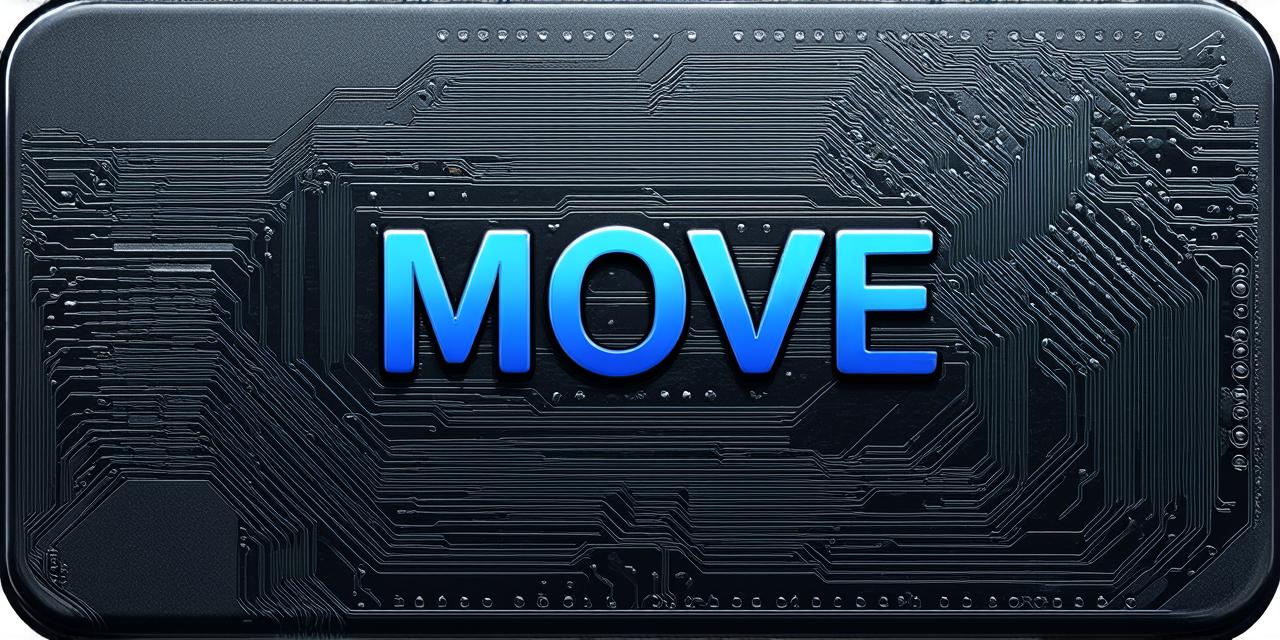If you’re an Android Studio developer who wants to remove the app from your Mac, there are a few things you need to know. In this guide, we’ll walk you through the steps to uninstall Android Studio and its associated tools on your Mac. We’ll also cover some common issues that may arise during the process and provide tips for troubleshooting them.
Before You Begin: Understanding What Android Studio Does
Before we dive into the steps of removing Android Studio from your Mac, it’s important to understand what the app does and how it’s used by developers. Android Studio is an integrated development environment (IDE) for developing Android apps. It provides a suite of tools and features that allow developers to write, test, debug, and package their apps for the Google Play Store.
If you’re not sure whether you want to remove Android Studio from your Mac or not, you may want to consider the following:
- Are you an Android developer who uses Android Studio on a regular basis? If so, removing it could be problematic and may slow down your workflow.
- Do you have other IDEs installed on your Mac that you use for developing non-Android apps? If so, you may not need to remove Android Studio at all.
- Are you planning to develop an app for another platform besides Android in the future? If so, you may want to keep Android Studio installed as it provides tools and features for developing apps for other platforms as well.
Uninstalling Android Studio from Your Mac: Step-by-Step Guide
Removing Android Studio from your Mac involves several steps. Here’s a step-by-step guide to help you through the process:
- Open Finder and navigate to the Applications folder.
- Locate the Android Studio icon and right-click on it. Select "Move to Trash" from the dropdown menu.
- Empty the Trash by clicking on the Trash icon in the Dock or going to Finder > Empty Trash.
- Open Terminal by searching for it in Spotlight or going to Applications > Utilities > Terminal.
- Type the following command and press Enter:
rm -rf ~/Library/Android/sdk
This will remove the Android SDK, which is required by Android Studio, from your Mac.
- Close all open applications, including any Android Studio windows or tabs that may be still running.

- Restart your Mac to complete the uninstallation process.
Common Issues and Troubleshooting Tips
While the above steps should work for most users, there are some common issues that may arise during the uninstallation process. Here are some tips to help you troubleshoot these issues:
- Unable to find Android Studio icon in Applications folder
- If you’re having trouble finding the Android Studio icon in your Applications folder, try searching for it in Spotlight by typing "Android Studio" and hitting Enter.
* If you still can’t find the icon, you may need to restart your Mac and try again.
- If you’re having trouble finding the Android Studio icon in your Applications folder, try searching for it in Spotlight by typing "Android Studio" and hitting Enter.
- Unable to empty Trash
- If you’re having trouble emptying the Trash, make sure that there are no items in it. You can open the Trash by clicking on the Trash icon in the Dock or going to Finder > Empty Trash.
* If there are still items in the Trash, delete them manually before trying to empty it again.
- If you’re having trouble emptying the Trash, make sure that there are no items in it. You can open the Trash by clicking on the Trash icon in the Dock or going to Finder > Empty Trash.
- Android SDK not removed completely
- If you’re having trouble removing the Android SDK from your Mac, try running the following command in Terminal:
rm -rf ~/Library/Android/sdk
This should remove all of the files and folders associated with the Android SDK.
1.
